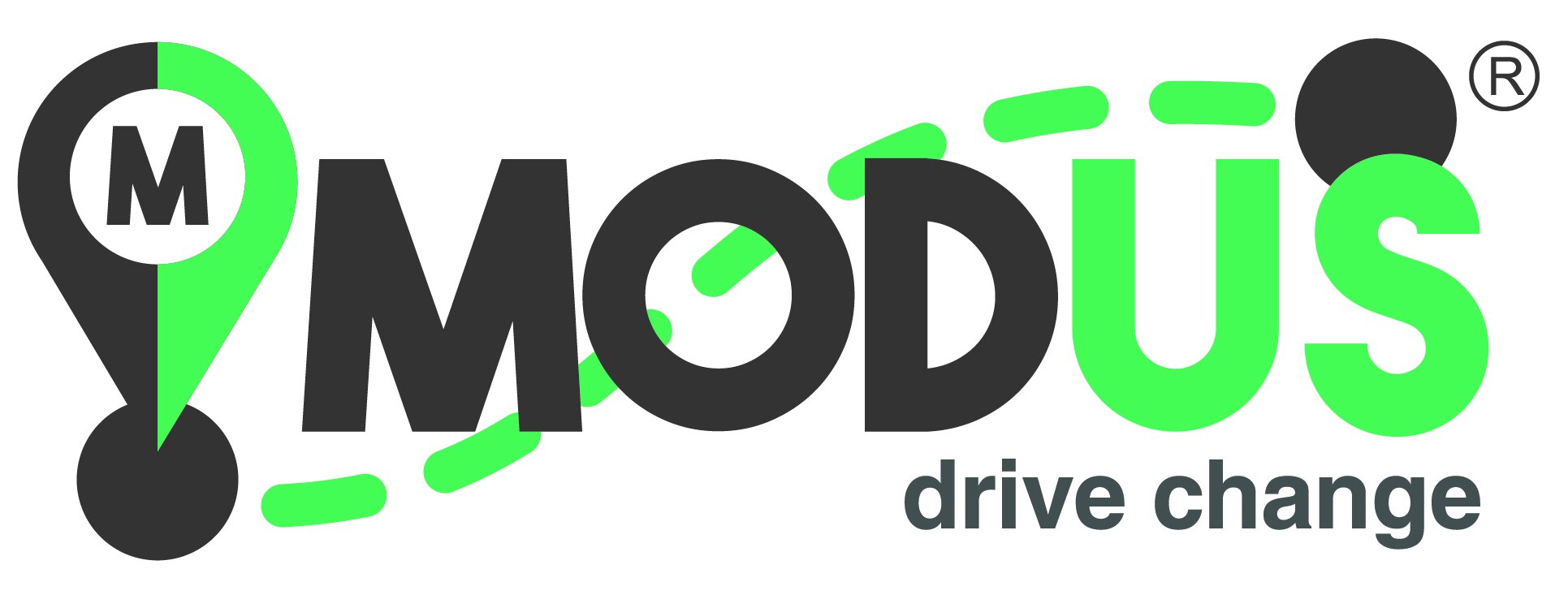Access to Healthcare & Transportation Equity
Access to healthcare is one of the fundamental social determinants of upward mobility. Meaning, that those who have reliable access to health care facilities are more likely to move into a higher socio-economic class. A study looking at transportation barriers in the Unites States from 1997-2017 found that, “transportation barriers are a significant impediment to health care access, especially for those with lower incomes….” (Wolfe et al, 2020). In 2017 alone, 5.8 million people in the United States delayed medical care because they did not have transportation. The delay of receiving treatment often leads to a worsening of chronic diseases which then become even more expensive to care for. The cycle of poverty created through inequitable access to health urgent care, pharmacies, and other healthcare facilities is a significant contributor to life expectancy disparities within even small areas.
In a 2001 survey of 413 adults living at or below 125% of the federal poverty level published in the Journal Health & Social Care in the Community, researchers found that nearly one-third of respondents reported that it was “hard” or “very hard” to find transportation to their healthcare appointments.
More recently, a 2019 survey of low-income patients reported that those who rode the bus to the doctor’s office were twice as likely to miss appointments as patients who drove cars. A review published in the Journal of Community Health found that around 25% of lower-income patients have missed or rescheduled their appointments due to lack of transportation. The patients who reported issues with transportation also missed filling prescriptions more than twice as often as patients without that same problem.
Life expectancy refers to the average number of years a person is projected to live. The life expectancy disparities in Tulsa, OK have been tracked closely by the Tulsa Health Department and the findings are troubling. In 2015, the life expectancy difference between a North Tulsa zip code (74130) and a South Tulsa zip code (74133) was 12.3 years. The average life expectancy of those living in North Tulsa was 68.5 years old while the South Tulsa was 80.7 year old. The correlation between life expectancy and socioeconomic factors is strong, which support the findings that, “individuals carrying the highest burden of disease faced the greatest transportation barriers and were more likely to be older, poorer, less-educated, female, people of color, and people with chronic illnesses or disabilities.” (Wolfe et al, 2020).
Equitable access to transportation is one factor in why life expectancy disparities exist in Tulsa, OK and around the world. Tulsa, OK was able to lower the disparity between some zip codes in the past by investing in the development of new medical facilities closer to those North Tulsa neighborhoods. This great progress is worth celebrating, but the issue of equitable transportation needs to be given the attention it needs to help balance the scales to provide every community member, rural and urban, the ability to receive health care. Building new services in communities that have lower levels of life-expectancy is a huge step forward, but it doesn’t solve the problem of giving everyone the choice to find the health care services they prefer. Most are only able to get the services that come to them, and although those services may be great it doesn’t allow an individual to make the best health care choice for themselves.
Reliable, affordable, and accessible transportation provides people the freedom to choose the best care possible for them and their families. Whether in health care, education, job opportunities, recreational activities, cultural experiences, and beyond. Advocating for equitable transportation goes beyond mobility, it impacts every area of an individual’s well-being. Becoming an educated advocate for transportation equity is the best first step in helping create a better community. Learn more about transit equity at modustulsa.org and keep following along!



